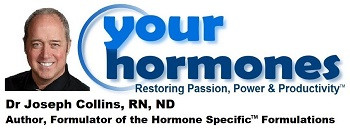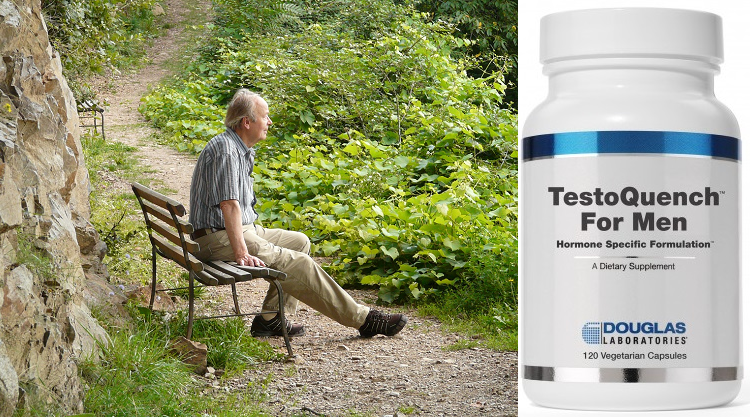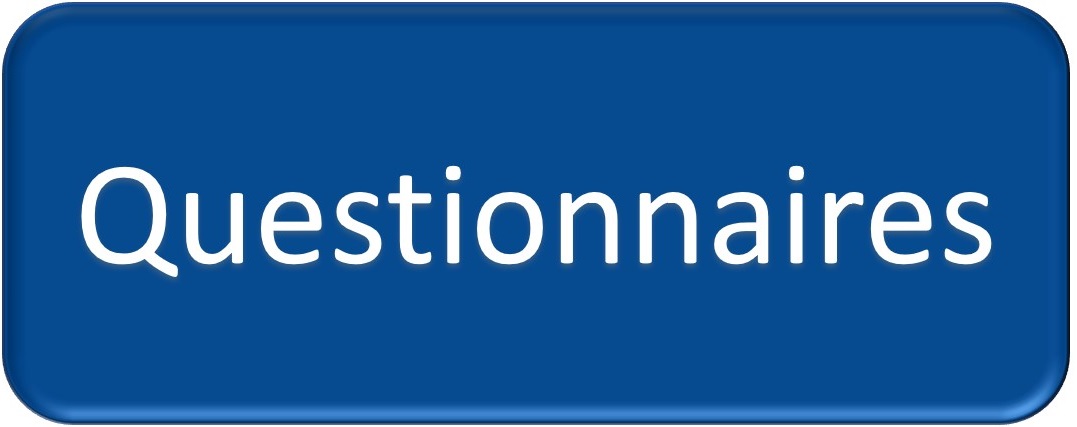The Primary function of TestoQuench™ for Men is to support normal function of testosterone and protect the health of the prostate through a synergistic combination of phytoantiandrogens designed to restore healthy hormone balance by calming and supporting the ideal function of testosterone sensitive tissues. Phytoantiandrogens are a class of phyto-compounds that decrease tissue sensitivity to androgens or decrease androgen activity. This may be through the action of 5-alpha-reductase inhibition, which decreases conversion of testosterone to the more androgenic dihydrotestosterone. Other forms of antiandrogens are also provided by the various phyto-compounds in this formulation.
The synergistic combination of specific herbs in TestoQuench™ for Men support important functions associated with optimal testosterone health in men:
Restore and promote normal, healthy androgen functions
Promote healthy prostate function
Promote apoptosis of unhealthy prostate cells
Promotes healthy immune function, supporting inflammation
Helps normalize the function of other tissues sensitive to testosterone
Supports healthy brain function, and stress adaptation
How is TestoQuench™ for Men used?
TestoQuench™ for Men is used by healthcare professionals to decrease hypersensitivity to testosterone & other androgens in tissues that are sensitive to androgens. TestoQuench™ for Men improves patients with many conditions including:
Patients with mild prostate swelling, who want to prevent progression of prostate disease. Especially patients with personal or family history of testosterone sensitive prostate disease. A low maintenance dosage of 2 capsules (or even 1) per day may be used to control testosterone sensitivity and protect prostate tissue.
Patients who have benign prostate hyperplasia. All of the herbs are universally recognized as decreasing benign prostate hyperplasia. This potent anti-androgen formulation will lower testosterone and DHT levels and block androgen receptors, allowing the prostate time to heal and return to normal function.
Patients who have proliferative prostate disease. The lowering of testosterone and DHT levels and blocking androgen receptors will affect androgen responding tissues throughout the entire body, including proliferative prostate cells. The full dosage causes androgen deprivation.
Patients with systemic invasion of proliferative prostate disease. The lowering of testosterone and DHT levels and blocking androgen receptors will affect androgen responding tissues throughout the entire body, including proliferative prostate cells that have traveled beyond the prostate. The full dosage causes systemic androgen deprivation.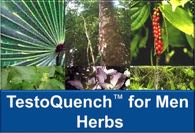
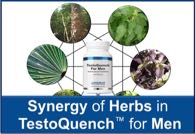
References
Yang Y, Ikezoe T, Zheng Z, Taguchi H, Koeffler HP, Zhu WG. Saw Palmetto induces growth arrest and apoptosis of androgen-dependent prostate cancer LNCaP cells via inactivation of STAT 3 and androgen receptor signaling. Int J Oncol. 2007 Sep;31(3):593-600.
Schleich S, Papaioannou M, Baniahmad A, Matusch R. Activity-guided isolation of an antiandrogenic compound of Pygeum africanum. Planta Med. 2006 May;72(6):547-51.
Yam J, Kreuter M, Drewe J. Piper cubeba targets multiple aspects of the androgen-signalling pathway. A potential phytotherapy against prostate cancer growth? Planta Med. 2008 Jan;74(1):33-8.
Nahata A, Dixit VK. Ameliorative effects of stinging nettle (Urtica dioica) on testosterone-induced prostatic hyperplasia in rats. Andrologia. 2012 May;44 Suppl 1:396-409. doi: 10.1111/j.1439-0272.2011.01197.x.
Ahmed M, Nazeer Ahamed R, Aladakatti RH. Effect of benzene extract of Ocimum sanctum leaves on cauda epididymis of albino rats. J Basic Clin Physiol Pharmacol. 2009;20(1):29-41.
Shigemura K, Arbiser JL, Sun SY, Zayzafoon M, Johnstone PA, Fujisawa M, Gotoh A, Weksler B, Zhau HE, Chung LW. Honokiol, a natural plant product, inhibits the bone metastatic growth of human prostate cancer cells. Cancer. 2007 Apr 1;109(7):1279-89.
